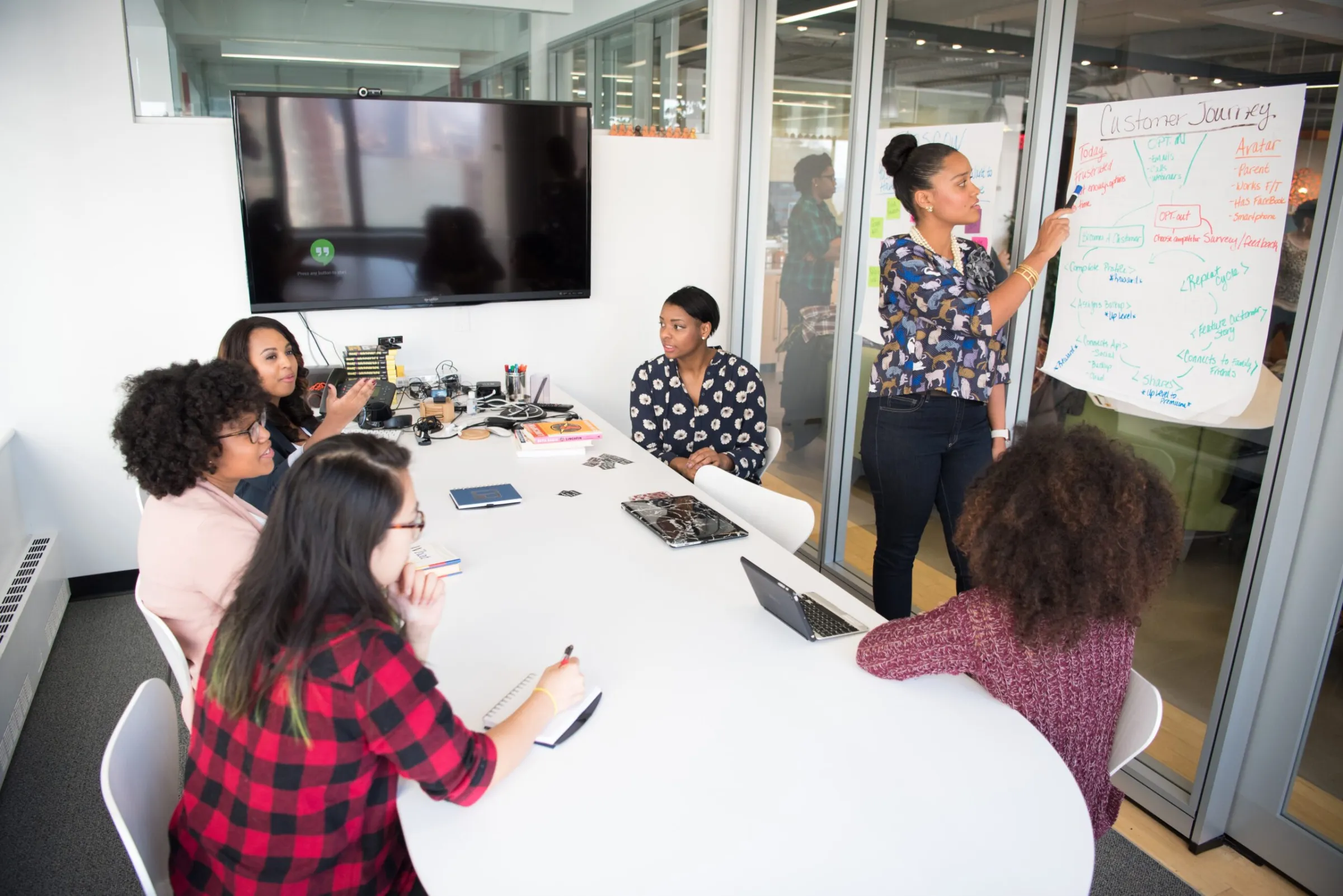If you want your organisation to really be innovative, you need to give people quite a large degree of freedom. This is especially true when it comes to experimentation.
Think about it. How likely is someone to come up with a new product or process if aren’t given license to play with them in the first place?
But how do you go about creating this culture of experimentation in the first place?
While each organisation has individual considerations to take into account, there are pointers to be taken from companies that have got it right.
Give people time to experiment
Let’s make one thing clear: experimentation is never going to happen in any organisation where team members’ days are micromanaged to the second. Experimentation requires time to do the actual experimenting in the first place.
Perhaps the most well-known example of companies giving their employees time to experiment is Google. Its “20 Percent Time” – where employees are allowed to dedicate 20% of their working week to a project outside of their usual scope of work – has been much-heralded over the years.
While it exists more in theory than practice these days, it laid the groundwork for a culture of experimentation and innovation at the internet giant.
Get everyone involved
When it comes to fostering a culture of experimentation, you can’t just leave it to dedicated teams. Everyone within an organisation should feel like they have room to play around an innovate.
One company that’s historically good on this front is Facebook. Its company hackathons are something of a tradition, dating back to its very early startup days.
Sometimes these hackathons – lasting a day, a night, or even a weekend – produce useful products (such as the ‘Like’ button). Sometimes though, they just involve things a particular group of employees are passionate about, however weird they might be.
These hackathons are also incredibly inclusive. In a 2012 blog post, former Facebook director of engineering Pedram Keyani wrote, “There are only two rules: You have to work on something outside your day job, and if it’s your first hackathon, you have to hack”.
So, not only is the culture of experimentation inculcated across the organisation, but new team members are brought in from the start.
Support ideas (even the ones that don’t work)
You can give people time experiment and include everyone in the organisation in hackathon-style celebrations of experimentation, but that only takes you so far when it comes to creating a culture of experimentation.
If you’re going to truly embrace experimentation, you have to support the ideas generated by people within your organisation, whether they come out time put aside for passion projects, hackathons, or even an employee’s free time.
How do you do that? Prizes are a start, but you should probably think a little bigger. Google and Facebook backed the ideas that came out of “20 Percent Time” and company-wide hackathons respectively, giving them a chance to become full-fledged products.
Sure, not all of them have worked, but others have resulted in entirely new products and revenue streams for the company (Gmail was a “20 Percent” product).
If you know that there’s a chance your organisation will back your idea to the point of giving it a go on the market, how much harder are you going to try to come up with something awesome?
Embrace failure
It’s very rare that an experiment goes perfectly the first time it’s performed. You have to constantly refine the experiment until it produces viable results.
In many organisations, however, the repeated failures this requires would simply not be tolerated. It would be viewed as a waste of resources.
Truly innovative organisations know that this simply isn’t true. They know that failure is a chance to move forward, especially if you can figure out what went wrong.
Critically, they won’t ever punish an employee whose experiment fails. Instead, they’ll embrace the failure, help figure out what went wrong, and apply the lessons to future experiments.


